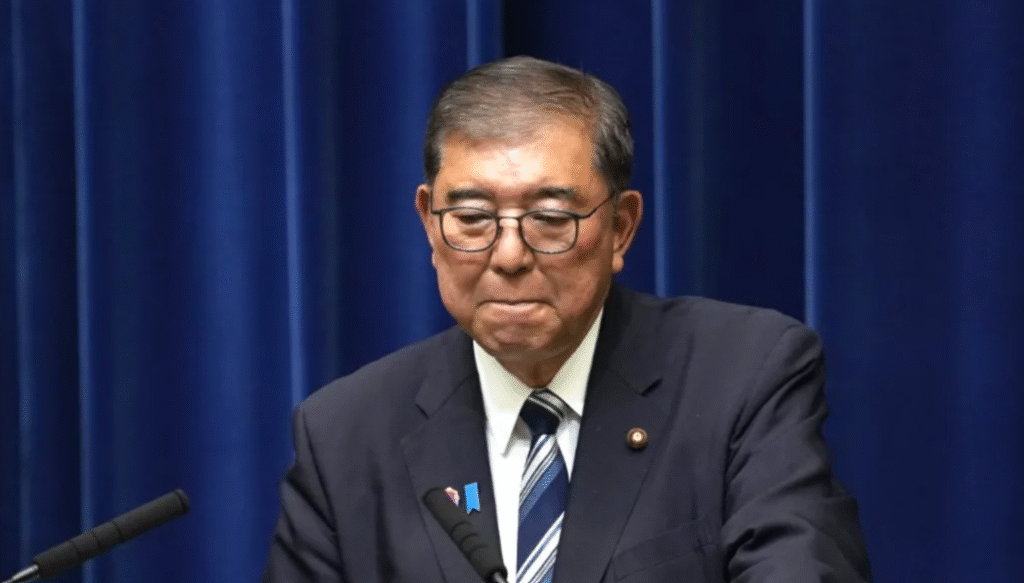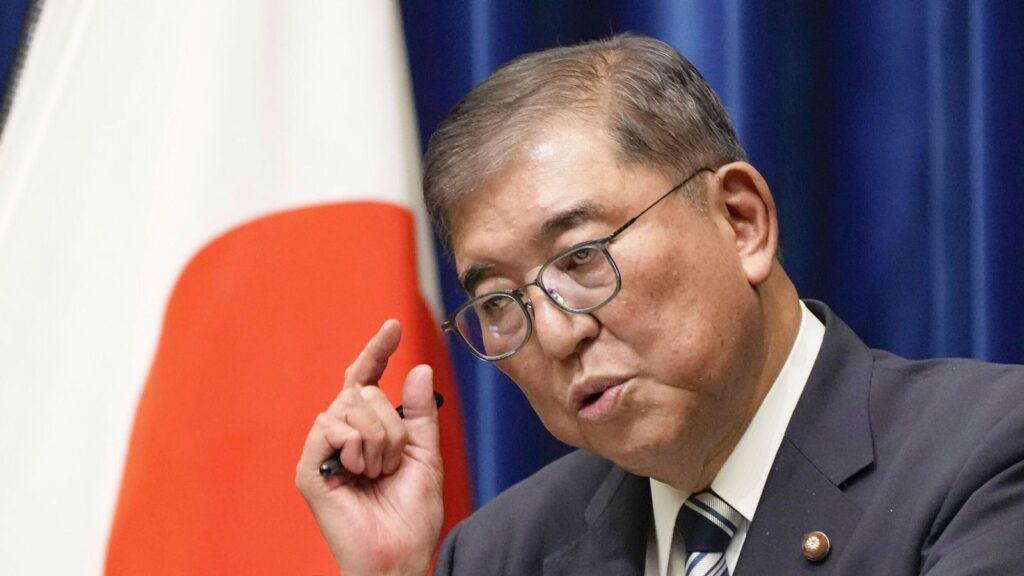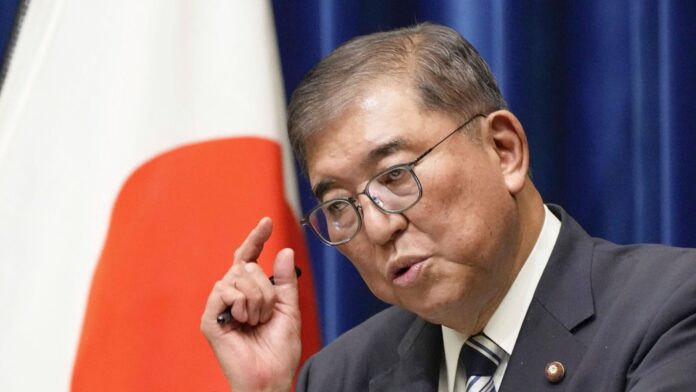Japan Prime Minister Resignation Sparks Political Turmoil
The Japan Prime Minister resignation of Shigeru Ishiba has sent shockwaves through Tokyo’s political establishment. After less than a year in office, Ishiba stepped down following two crushing election defeats that shattered the ruling Liberal Democratic Party’s (LDP) long-standing dominance.
The announcement came just one day before LDP lawmakers were set to vote on whether to oust him through an internal leadership challenge. By resigning, Ishiba avoided a humiliating dismissal but left Japan facing a new chapter of political uncertainty.
For the first time in 15 years, the LDP lost its majority in the lower house of parliament, followed by another devastating loss in the upper house in July. The once-dominant party now faces internal fractures and growing doubts about its future leadership.

Japan Prime Minister Resignation and Economic Struggles
Ishiba entered office in October 2024 with promises to stabilize Japan’s economy, tackle inflation, and strengthen its global standing. But within months, his leadership came under fire as households struggled with soaring costs.
Inflation, particularly the doubling of rice prices—a staple of Japanese culture and cuisine, proved politically disastrous. Many voters blamed the government for failing to curb rising living expenses.
The cost-of-living crisis not only eroded Ishiba’s popularity but also fueled public frustration with the LDP’s economic policies, which many felt were disconnected from ordinary citizens’ struggles.
Japan Prime Minister Resignation Linked to US Tariff Talks
In his resignation speech, Ishiba highlighted one of his government’s last major acts: securing a deal with Washington to ease tariffs imposed by then-U.S. President Donald Trump.
“Now that a conclusion has been reached in the negotiations concerning the US tariff measures, I believe this is precisely the appropriate time,” Ishiba said.
For weeks, he resisted calls to resign, arguing that it was his duty to finish the negotiations with the United States before stepping down. But even this diplomatic achievement could not save him from growing discontent at home.
Japan Prime Minister Resignation After Controversies
Beyond economic struggles, Ishiba faced several political missteps that eroded public trust.
-
His decision to appoint only two women to his cabinet sparked criticism about gender inequality.
-
Reports surfaced of Ishiba handing out expensive gifts to LDP members, fueling accusations of favoritism and corruption.
-
His inability to unite party factions deepened the LDP’s divisions, leaving him politically isolated.
These controversies magnified voter frustrations, portraying Ishiba as a leader unable to deliver on his promises of reform and transparency.
Japan Prime Minister Resignation: Security Concerns Loom
The Japan Prime Minister resignation also comes at a sensitive time for regional security. Japan, the world’s fourth-largest economy and a key U.S. ally, faces rising tensions with China over territorial disputes and growing concerns about North Korea’s missile program.
With Ishiba’s departure, questions remain about whether the next leader can balance domestic economic recovery with critical international challenges.

Japan Prime Minister Resignation and LDP’s Future
The resignation leaves the Liberal Democratic Party scrambling for new leadership. As tradition dictates, the LDP will select a successor, who will then be confirmed as Japan’s next prime minister through a parliamentary vote.
But internal divisions may make this process contentious. Younger politicians are pushing for modernization, while veteran leaders want to maintain traditional policies.
Analysts warn that unless the LDP can restore public trust, it risks further losses in future elections, something once unthinkable for a party that has dominated Japanese politics for seven decades.
Learn about Japan’s political history here.
Japan Prime Minister Resignation: What Happens Next?
Shigeru Ishiba, at 68, said he will continue to serve the people until a successor is chosen. But his downfall underscores a broader truth: Japan’s political landscape is shifting rapidly, with voters demanding stronger leadership, economic relief, and more accountability.
The next prime minister will inherit daunting challenges:
-
Restoring confidence in the LDP
-
Tackling inflation and cost-of-living pressures
-
Managing regional security threats
-
Strengthening alliances, particularly with the United States
Whether the LDP can deliver on these demands remains to be seen. For now, Japan stands at a political crossroads, with Ishiba’s resignation marking the end of one turbulent chapter and the uncertain beginning of another.

